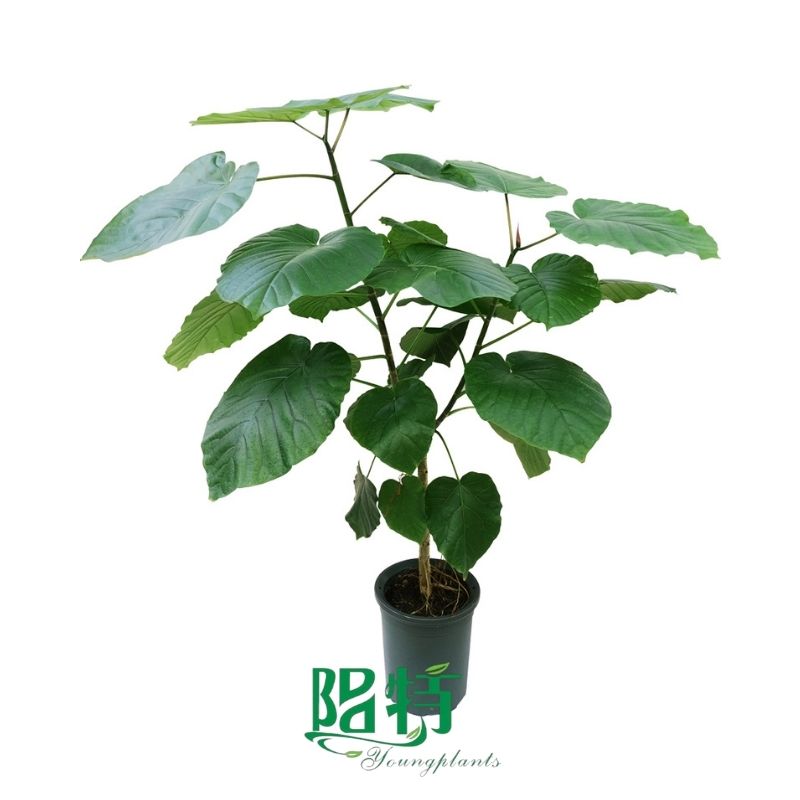what is aglaonema species | Youngplants
Since established, Youngplants aims to provide outstanding and impressive solutions for our customers. We have established our own R&D center for product design and product development. We strictly follow the standard quality control processes to ensure our products meet or exceed our customers' expectations. In addition, we provide after-sales services for customers throughout the whole world. Customers who want to know more about our new product aglaonema species or our company, just contact us.
Liberica is basically a coffee plant species that comes as third in importance between commercially produced coffees just behind Arabica that includes typica coffee, bourbon coffee heirloom and robusta, as well as excelsa. Liberica coffee trees usually have large leaves and grow up to 18 meters tall, with a leathery surface and also large seeds (coffee beans). Liberica coffee beans are grown primarily in Malaysia and West Africa. However, liberica isn’t as much widely grown as Robusta coffee plants or Arabica coffee plants because of its aroma characteristics and inferior flavor in comparison to the other coffee types and varieties. People who has actually tried java coffee beans or lima coffee beans may find these liberica beans much more tastefully intrinsic with a much finer color than the other two.

Why is aglaonema species ?
The genus Vigna are plants of the family Fabaceae. The genus is so named by the Italian botanist Domenico Vigna who discovered it in the seventeenth century. Includes popular species of legumes used in human food. This bean variety is smaller than normal, barely reaching the centimeter. Its color is yellowish white or white and has a black mask or stain on its side. They are annual, erect or braided herbs that reach a size of 30-90 cm in height. Stems angular, sparsely hairy. Stipules pellets, lanceolate, of 8 mm, the point of attachment elongated; Ovate, 5-10 x 5-8 cm, sparsely hairy on both surfaces, broadly triangular apex, lateral leaflets oblique, whole or slightly with three lobes. Inflorescences in axillary clusters with 5 or 6 flowers, with peduncles. Flared calyx, 3-4 mm. 15 mm yellow corolla. Cylindrical vegetables, 5-8 x 0.5-0.6 cm, glabrous or almost. Seeds of a red opaque or other colors, oblong, 5-6 x 4-5 mm, truncate at the ends.
aglaonema species Application
An ornamental plant is one that is grown and marketed for decorative purposes for its aesthetic characteristics, such as flowers, leaves, perfume, the peculiarity of its foliage, fruits or stems in gardens and landscape designs, such as indoor plant or cut flower. Its cultivation, called floriculture, forms a fundamental part of horticulture. Its importance has increased with the economic development of society, the increase of garden areas in the cities and the use of indoor plants in homes and public buildings. Ornamental plants typically outdoors in the cultured nursery, with a light protection under plastic or in a greenhouse with temperature controlled. These plants are usually sold with or without a pot to be transplanted to the garden or simply located as an indoor plant. The quantity and variety of species on the market worldwide depend mainly on the buying trend of consumers, who demand variety and maximum quality. For a plant to have commercial value, it must meet certain requirements, such as resistance to adverse crop conditions: soil tolerance, inadequate irrigation or light, or diseases and pests.
Features and Usages For aglaonema species
Organic beans are processed without the use of pesticides and synthetic fertilizers. There are three types of organic beans: dry beans, snap beans, and soybeans. The mature seeds of dry beans serve as a protein source in different types of foods worldwide. Snap beans and dry beans are the same species. However, dry beans are popular than snap beans which are consumed as immature pods. Snap and dry beans are also different from soybeans, in which the seeds are consumed in several processed forms such as oil, tofu, soybean meal, and fermented forms including miso. Organic beans are not much popular but much expensive as compared to other types of beans in the conventional market. Organic bean manufacturers usually set up contracts with a buyer before planting the crop. Buyers also come with special needs to consider when it comes to processing and cleaning beans in certified facilities. So if you’re a buyer of Organic beans, then you will be glad to see our collection of top organic bean suppliers and producers at Youngplants. We have a huge list of organic beans suppliers above that are offering premium quality beans in bulk.
aglaonema species Video
In Conclusion
Established in year , has pioneered the industry by providing optimum quality Philodendron, Alocasia, Caladium, Aglaonema, Diefffenbachia, Spathiphyllum, Calathea, Fern, Fittonia, Syngonium, Peperomia, Carnivorous Plants, Dracaena, Ficus, and Schefflera. Due to our professional expertise, we have been the industry leaders and thus our role becomes stronger to fulfill the diverse needs of our prominent clients.
E-mail: mkt1@youngplant.cn
Tel: +86-13923295524
WhatsApp: +86-18928528163
Address: Bagang Village, Lubao Town, Sanshui District, Foshan City, China (Zip:58139)












